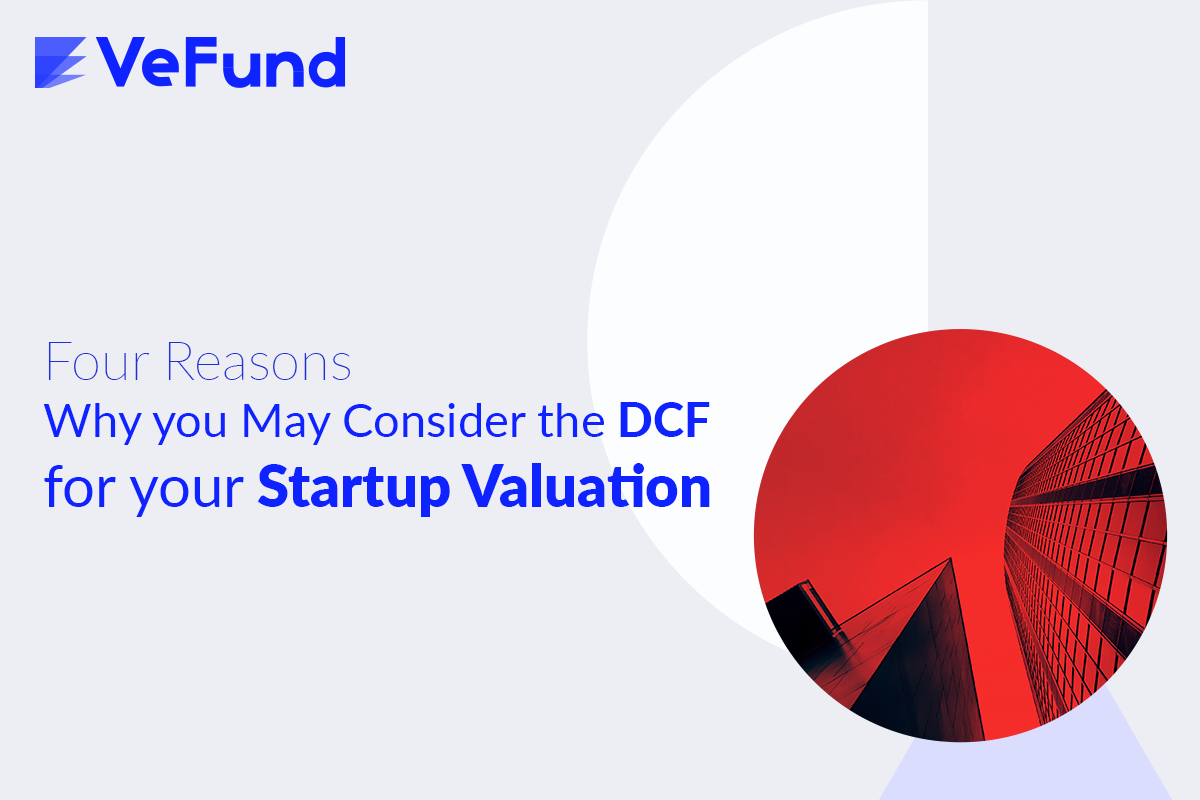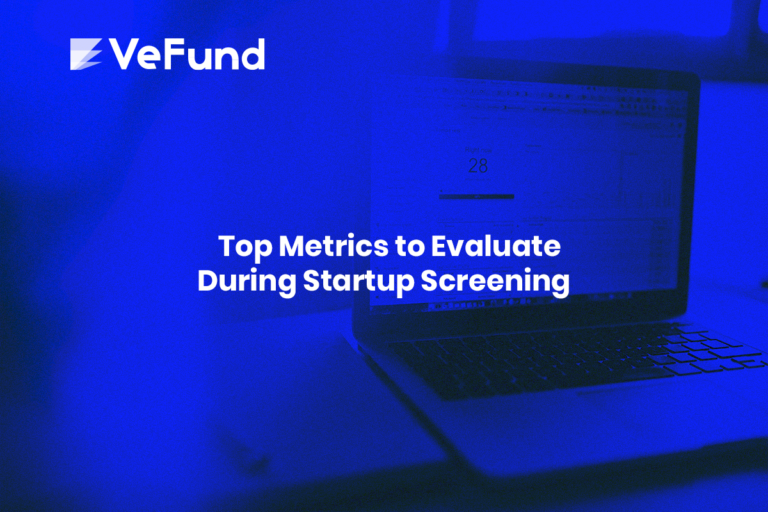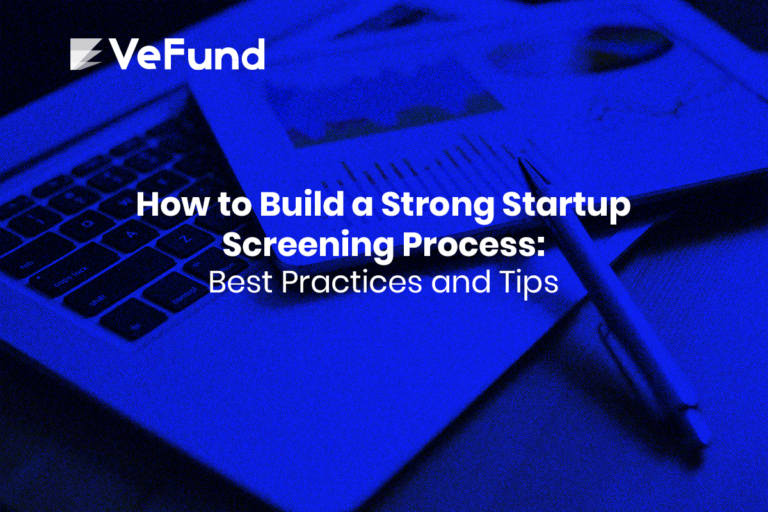Four Reasons Why you May Consider the DCF for your Startup Valuation
The Discounted Cash Flows (DCF) method is one of the most classical, well-known valuation methods. It is perhaps the most favored method among investors, especially for valuing corporations.
This is understandable since it dives into the financial details to estimate the actual cash the company is predicted to generate. Having a validated DCF valuation answers most of the investors’ concerns and shows the returns your business can realistically generate.
Before diving into the benefits of a DCF valuation for your startup, we need to determine first if a DCF valuation is suitable for your startup.
DCF for Startups
The DCF is widely used to value corporations. Some analysts even depend on it as a sole valuation method for a subject company. For startups, however, we have to be cautious and question if the subject startup is fit for a DCF method. This is because not all startups can have realistic visions about their revenues and costs, not to mention they might not even generate cash for a significant period.
Here is a checklist to know if DCF fits your startup:
- You have at least MVP.
- You are already selling in the market
or entering the market within less than a year. - You can develop a rough estimation for revenues.
- You can develop a rough estimation of costs.
- You are ready to be profitable.
Meeting all the above requirements means your company is ready for a DCF valuation and it will be a huge advantage for your funding round. Here are four benefits you will gain from this valuation method:
1. The most informative method
The DCF by nature is highly informative. The presented numbers reflect information about the industry, the targeted market share, the targeted revenues, the most critical costs, the estimations for risk, and of course the returns. Every number tells a story and, if valid, provides confidence in your startup.
While investors may like the DCF for more confidence, founders too may prefer it over other methods. Even though it takes hard work to reach valid numbers, the results give the founders the most presentable valuation method for the startup. This is because most of the numbers in DCF are specific and tailor-made for the subject company.
2. Highly realistic
Using the DCF method makes you stick to the real world. A valuation done rationally will keep you in forecasting reachable numbers.
You will get to directly compare the costs against the revenues you aim for and check for profitability. The DCF may result in a negative valuation if the costs outweigh the revenues, showing you early on that the current scenario is not working.

3. Better negotiation advantage
When the numbers add up and result in a desirable valuation, you will have the upper hand at the negotiation table with the investors. If the investors agree with you on the inputs, then there is little to discuss about the output. The resulting valuation is realistic enough!
Having a DCF valuation also prepares the room for constructive negotiation. Instead of arguing on vague terms and simulations, showing the valuation numbers will shift the argument to the inputs within the model, making sure you’re on the same page and to the point.
4. Puts you in the proactive seat
Conducting DCF requires you to test different scenarios for your startups. The typical DCF valuation is done by forecasting three to five years into the future. Performing DCF and adopting the best scenario for your startup makes you financially proactive. Additionally, it shows the investors your competence with their money.
“You know the business plan won’t survive its first encounters with reality. It will always be different. The reality will never be the plan, but the discipline of writing the plan forces you to think through some of the issues and to get sort of mentally comfortable in the space. Then you start to understand, if you push on this knob this will move over here and so on. So, that’s the first step.” – Jeff Bezos –
Conclusion
As helpful as the DCF can be, you can’t depend on it alone for your startup valuation. The DCF has several parameters to fill and it’s unlikely you can be accurate about all of them. This is why it is best used in a mix of other valuation methods. Methods like the VC or Scorecard will require simpler parameters and show different angles about your startup. This will help you stand on more solid ground.
At VeFund, we built an automated valuation calculator that will guide you through the valuation process. We provide you with a mix of valuation methods with the appropriate weights according to your startup’s stage of development.
Our tool shows you guidance for the DCF model and provides critical parameters for the valuation. Instead of starting from scratch on a spreadsheet, the VeFund valuation calculator takes your input and automatically does the math for you. Sign up now and test multiple scenarios for your startup.
Frequently Asked Questions (FAQs)
Is DCF based on EBITDA?
The calculation of the cash flows itself is based on the free cash flows (FCF) and not the EBITDA. The terminal value is the one that might be calculated using the EBITDA instead of the Gordon growth model. Some analysts call this variation DCF with multiples while others call it the multiples approach.
When should you not use DCF?
The DCF shouldn’t be used when your startup doesn’t meet any of the mentioned criteria:
- You have at least MVP.
- You are already selling in the market
or entering the market within less than a year. - You can develop a rough estimation for revenues.
- You can develop a rough estimation of costs.
- You are ready to be profitable.
Is NPV the same as DCF?
They are not the same. The NPV is used to evaluate a project’s net gains using its revenues and direct costs. The DCF, on the other hand, is used to value entire companies.
Why is DCF the best valuation method?
While we should be cautious while calling it “the best” method, the DCF is the #1 preferred approach when we can predict cash flows with high certainty. This is not the case for startups. This is why other methods, or a mix of the DCF and other methods, for startups are considered to be more compatible.







